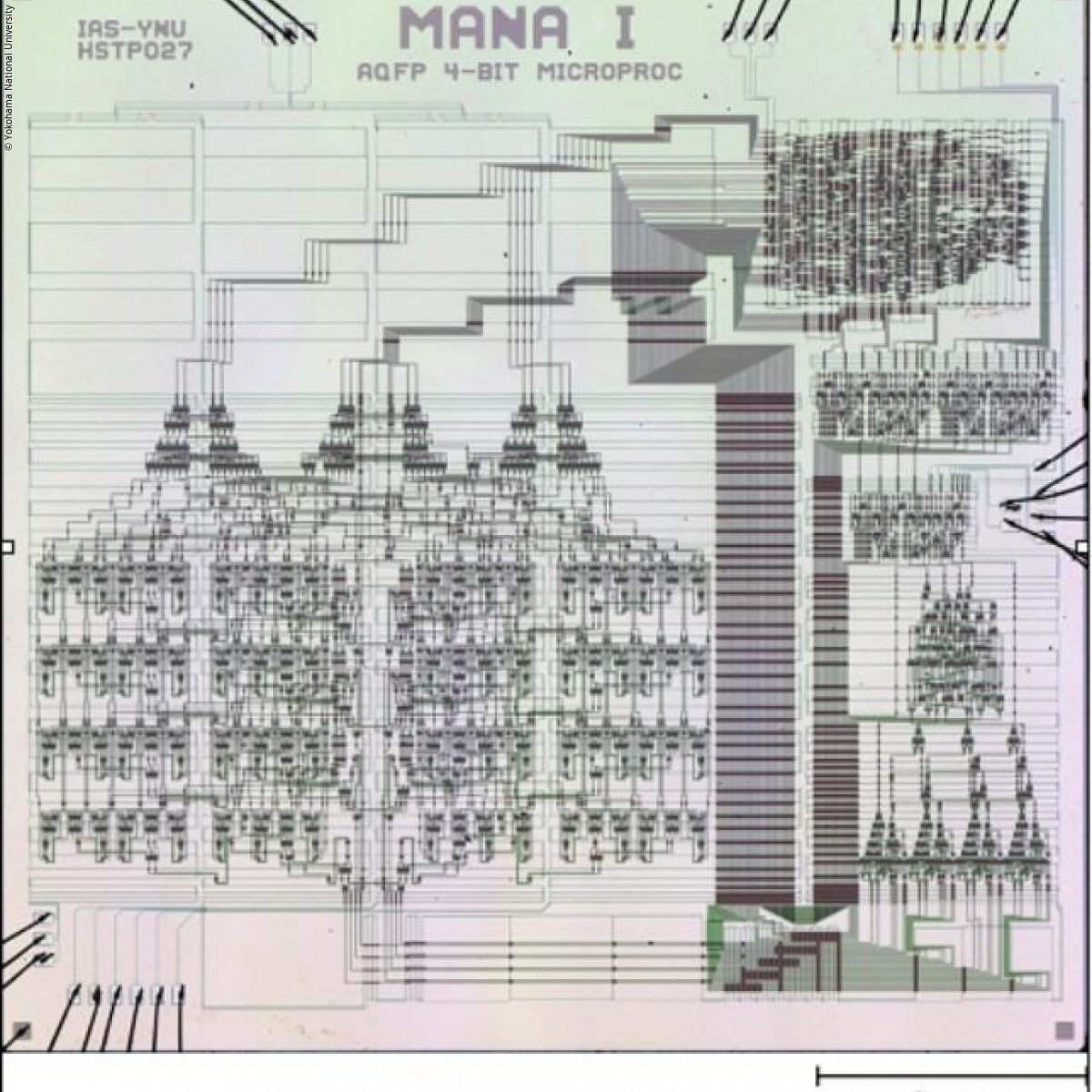https://www.nec.com/en/press/202102/global_20210210_01.html
https://www.nec.com/en/global/quantum-computing/index.html
I once wanted to do this (slowly) with room temp audio oscillators that all fit significantly under a
quarter wave by dubious virtue of making the waves I'm working with ridiculously big. Figured "all
day to solve a truly impossible problem might still be fast".
But I no longer believe what I had in mind could anneal a best answer without getting stuck on
close but useless non-answers. Quantum offers some way I don't yet understand to tunnel from
stuck to unstuck at lower energy. Why parametrons? Why not parametrons. Gonna need them to
read out an answer anyway...
https://www.nec.com/en/global/quantum-computing/sp/001.html
One researcher, Gabriel Aeppli, addresses my concern almost exactly. Didn't even have to ask:
Q1
The first company commercializing quantum annealing machines, D-Wave founder Geordie
Rose said at a Google workshop in 2010 that your research group's paper was a big push behind
the development of their quantum annealing machine. What were the most difficult points in writing
that paper?
A1
In our paper on quantum annealing, we hypothesized that quantum tunneling would cause the
system to equilibrate in a shorter time than classical barrier hopping (*3). I will explain this later,
but at the time of the study, we did not know how long it would take for quantum annealing to
reach equilibrium. Also, the first paper did not really prove the model of the quantum tunneling
mechanism. That was fully proved in the second paper, but I remember struggling with that when
we wrote the first paper. We needed to convince ourselves that the model should be correct to
continue our research, even if we had not be able to prove it yet.
(*3)
barrier hopping: A phenomenon in which electrons that exist in places with low energy hop and
attempt to move to places with lower energy with a certain probability due to energy from the
outside like heat and/or light.
https://www.nec.com/en/global/quantum-computing/index.html
I once wanted to do this (slowly) with room temp audio oscillators that all fit significantly under a
quarter wave by dubious virtue of making the waves I'm working with ridiculously big. Figured "all
day to solve a truly impossible problem might still be fast".
But I no longer believe what I had in mind could anneal a best answer without getting stuck on
close but useless non-answers. Quantum offers some way I don't yet understand to tunnel from
stuck to unstuck at lower energy. Why parametrons? Why not parametrons. Gonna need them to
read out an answer anyway...
https://www.nec.com/en/global/quantum-computing/sp/001.html
One researcher, Gabriel Aeppli, addresses my concern almost exactly. Didn't even have to ask:
Q1
The first company commercializing quantum annealing machines, D-Wave founder Geordie
Rose said at a Google workshop in 2010 that your research group's paper was a big push behind
the development of their quantum annealing machine. What were the most difficult points in writing
that paper?
A1
In our paper on quantum annealing, we hypothesized that quantum tunneling would cause the
system to equilibrate in a shorter time than classical barrier hopping (*3). I will explain this later,
but at the time of the study, we did not know how long it would take for quantum annealing to
reach equilibrium. Also, the first paper did not really prove the model of the quantum tunneling
mechanism. That was fully proved in the second paper, but I remember struggling with that when
we wrote the first paper. We needed to convince ourselves that the model should be correct to
continue our research, even if we had not be able to prove it yet.
(*3)
barrier hopping: A phenomenon in which electrons that exist in places with low energy hop and
attempt to move to places with lower energy with a certain probability due to energy from the
outside like heat and/or light.
Last edited:
![[H]ard|Forum](/styles/hardforum/xenforo/logo_dark.png)

